11 Important Tips for Growing a Strong Jade Plant
Jade plants are low-maintenance, resilient succulents that can thrive with a little care and attention. Whether you’re a seasoned grower or a beginner, knowing the right techniques to keep your plant healthy is essential. From watering habits to ideal sunlight conditions, simple care steps can ensure your jade plant flourishes year-round. Following a few basic guidelines, you can maintain a lush, vibrant plant that adds beauty to any space.
This post may contain affiliate links, which helps keep this content free. Please read our disclosure for more info.
Choose the Right Pot

Choosing the right pot is key to ensuring your jade plant thrives. Opt for a pot that has drainage holes to allow excess water to escape, preventing root rot. Without proper drainage, water can accumulate at the bottom of the pot, suffocating the roots and causing decay. Additionally, pick a pot that’s slightly larger than your plant’s root system to give it room to grow. However, avoid going too big, as extra space can trap moisture and create an environment for fungal growth.
A good rule of thumb is to use a pot made from a breathable material like terracotta. This helps regulate moisture and airflow to the roots. When repotting your jade plant, ensure the new pot has a well-draining mix of soil, like a cactus or succulent soil mix, which is essential for healthy root development.
Provide Plenty of Sunlight
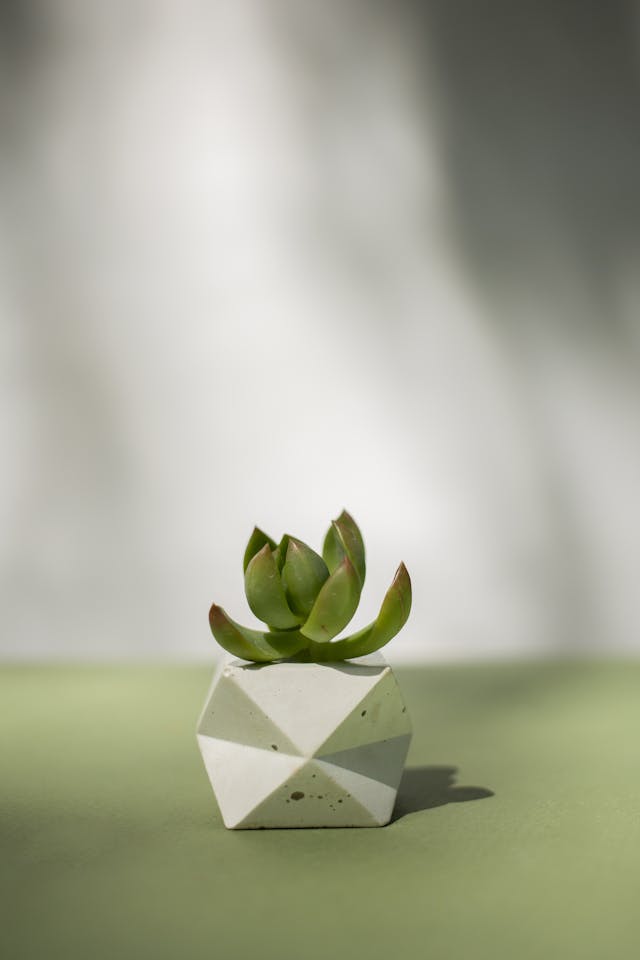
Jade plants thrive when they receive plenty of bright, indirect sunlight. Aim to place your plant in a spot where it can enjoy at least four hours of sunlight a day, such as near a south- or west-facing window. When the jade plant gets enough light, it will develop strong, compact growth and a vibrant green color. However, too much direct sunlight can cause sunburn, which shows as brown spots on the leaves, so it’s important to find a balance.
If you cannot provide your jade plant with sufficient natural light, a grow light can be a helpful solution. These lights mimic the sun’s rays and can help your jade plant continue to grow even in low-light conditions. Make sure to adjust the distance and intensity of the light according to the plant’s needs.
Water Sparingly
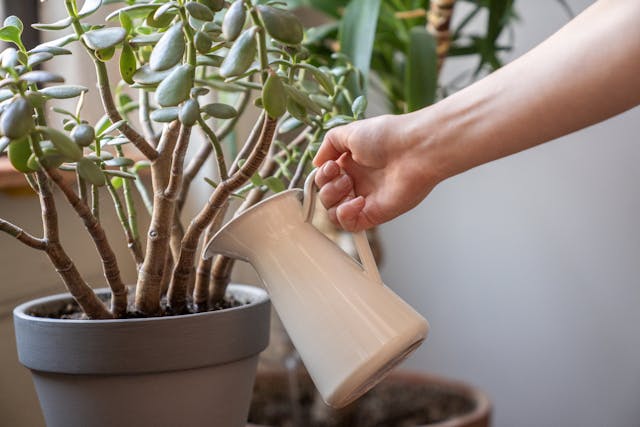
Jade plants are succulents, meaning they store water in their leaves. Because of this, they don’t need frequent watering. The most common mistake jade plant owners make is overwatering. Water your plant only when the top inch or two of the soil feels dry to the touch. This helps avoid root rot, which can occur if the soil remains too damp. During the winter months, you can water even less, as the plant enters a dormant phase.
Always use a pot with drainage holes, and never let the plant sit in standing water. If you find that water is collecting in the saucer beneath the pot, be sure to empty it to prevent the roots from sitting in moisture. In the summer, when the plant is actively growing, you can water more frequently, but always make sure the soil has dried out before you water again.
Use Well-Draining Soil
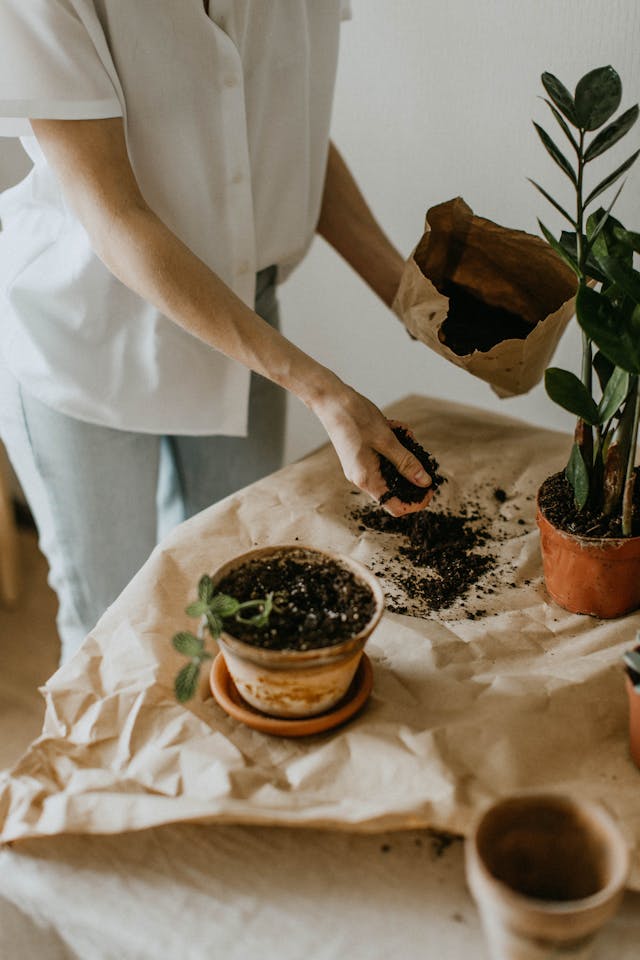
Using the right soil is crucial for jade plant care. Well-draining soil prevents water from accumulating around the roots, reducing the risk of root rot. Succulent and cactus soil mixes are ideal, as they provide excellent drainage and allow for proper airflow. If you use regular potting soil, it may retain too much moisture, leading to soggy roots that can damage the plant over time.
You can also create your soil mix by combining regular potting soil with sand or perlite to improve drainage. A good soil mix allows the water to flow through the pot quickly while still holding enough moisture for the plant to take in as needed. Be sure to check the soil before repotting or watering your plant to ensure it’s the right consistency.
Avoid Cold Temperatures
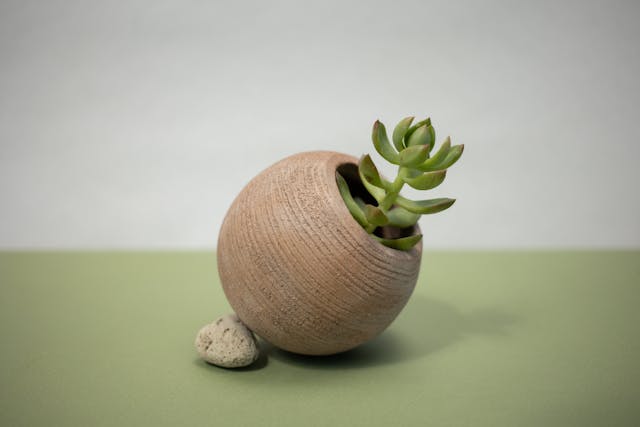
Jade plants are native to warm, dry climates and do not tolerate cold temperatures well. They prefer temperatures between 65°F and 75°F (18°C to 24°C). Anything below 50°F (10°C) can stunt their growth and cause damage, such as leaf drop or discoloration. Avoid placing your jade plant in drafty areas or near windows that might get cold in the winter months.
If you live in a region with harsh winters, it’s best to bring your jade plant indoors during colder months to protect it from frost. A stable, warm environment helps the plant grow and remain healthy year-round. Make sure the plant is not near heating vents, as sudden temperature fluctuations can stress the plant.
Repot When Necessary
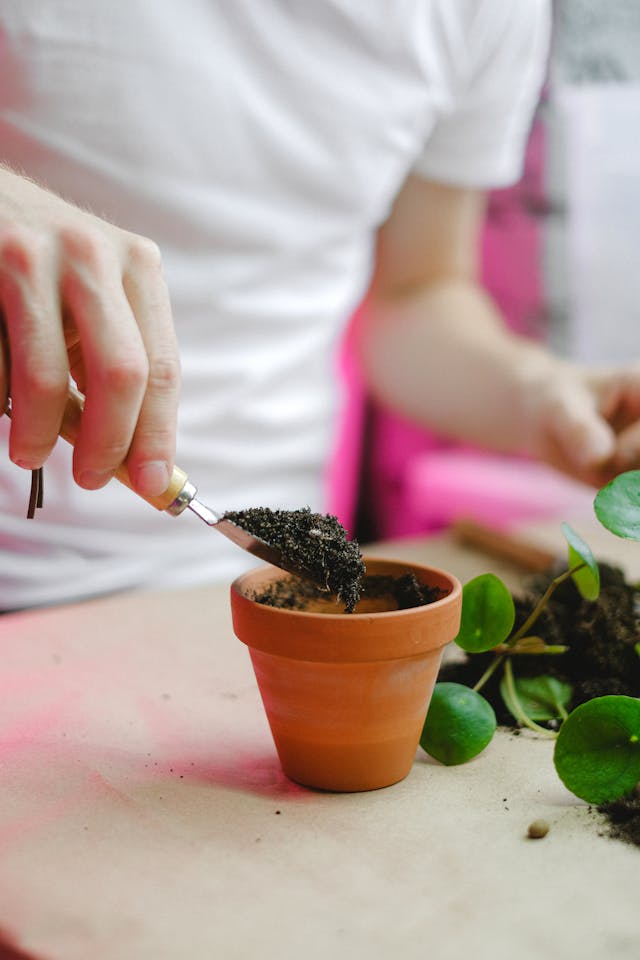
As your jade plant grows, it will eventually outgrow its pot. When this happens, it’s important to repot it into a slightly larger container. Repotting should be done every two to three years, or whenever the plant’s roots have filled the pot and need more space to grow. Avoid repotting too often, as this can disturb the plant and cause unnecessary stress.
When repotting, choose a pot that’s just one or two inches larger than the current one, as too much extra space can make it harder for the plant to take in water. Be sure to gently remove the plant from its old pot, trim any excessively long or damaged roots, and place it in fresh, well-draining soil. After repotting, water the plant lightly to help it settle into its new home.
Fertilize During the Growing Season
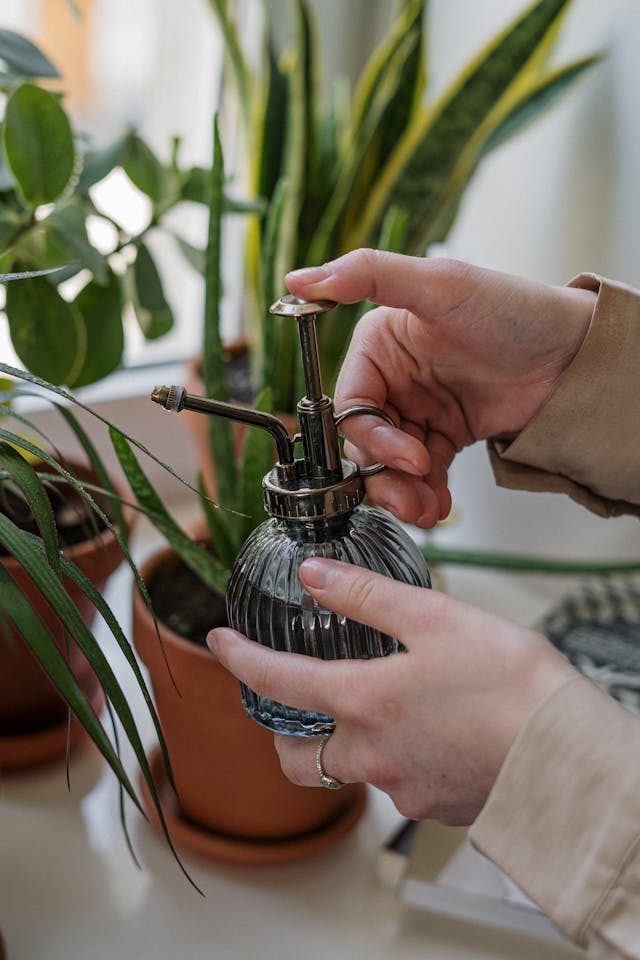
Jade plants do not require frequent fertilization, but feeding them during their growing season can encourage healthy growth. The best time to fertilize is in the spring and summer when the plant is actively growing. Use a balanced, water-soluble fertilizer diluted to half strength, and apply it every four to six weeks. Avoid fertilizing during the fall and winter months when the plant is resting.
Too much fertilizer can harm your jade plant, leading to weak, leggy growth. Always follow the instructions on the fertilizer package to avoid overfeeding, and be sure to water the plant well before fertilizing to prevent burning the roots. With proper feeding, your jade plant will thrive and maintain its vibrant, thick leaves.
Prune Regularly

Pruning is an important part of jade plant care, as it helps maintain the plant’s shape and encourages new growth. Regularly remove any dead or damaged leaves, as well as any leggy branches that detract from the plant’s appearance. If you want your jade plant to grow fuller and bushier, you can also trim the top of the plant to promote branching.
Be sure to use clean, sharp scissors or pruning shears to avoid damaging the plant. After pruning, the cut areas will usually heal quickly, and you may even notice new growth emerging from the base of the plant. Pruning also helps to keep the jade plant at a manageable size, preventing it from becoming too tall and unwieldy.
Watch for Pests
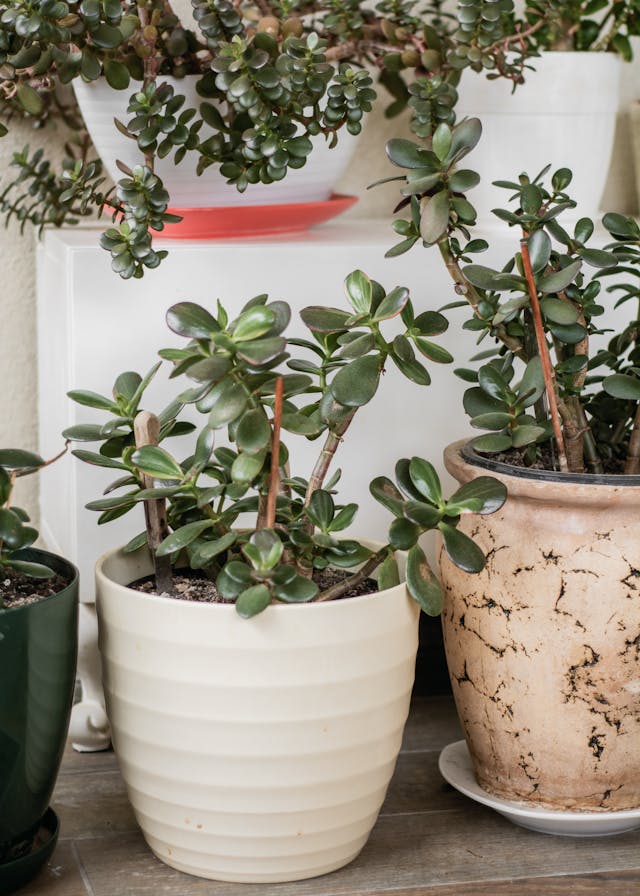
While jade plants are relatively resistant to pests, they can still fall victim to aphids, mealybugs, and scale insects. Keep an eye out for small, discolored spots on the leaves or a sticky residue, which can be signs of pest infestations. If you notice any pests, remove them immediately with a damp cloth or cotton swab dipped in rubbing alcohol.
For more severe infestations, you may need to use an insecticidal soap or neem oil to treat the plant. Be sure to follow the instructions carefully when using these products, and test them on a small area of the plant first to ensure it does not react poorly. Regularly inspecting your jade plant will help prevent pests from becoming a major issue.
Provide Good Air Circulation
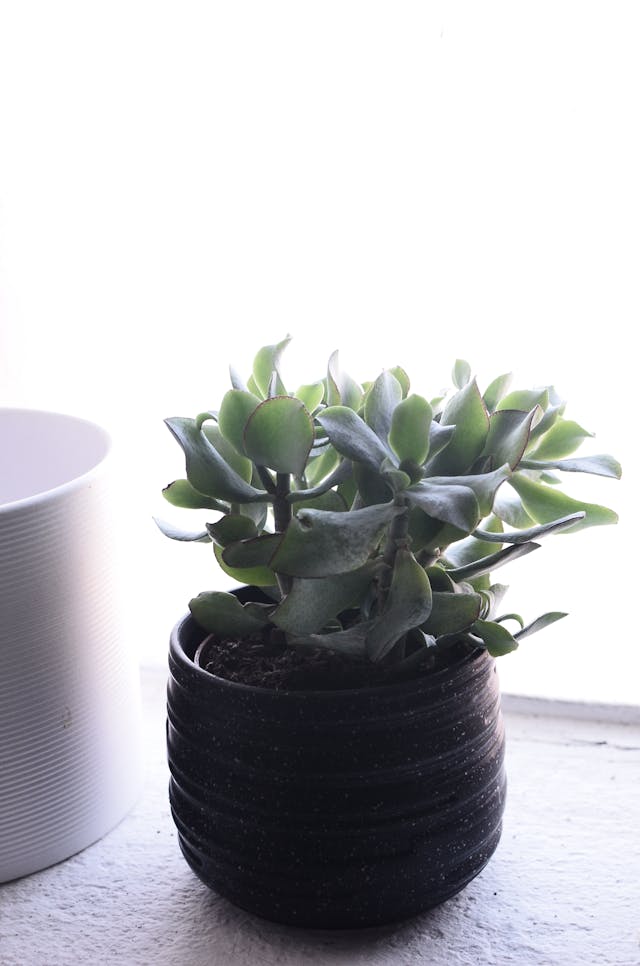
Jade plants prefer areas with good air circulation, which helps prevent the growth of mold and mildew. Avoid placing your plant in closed, stuffy spaces where the air is stagnant. Proper airflow around your jade plant keeps the leaves dry and reduces the risk of fungal infections.
If you’re growing multiple jade plants, ensure they are spaced apart to allow air to flow freely between them. A well-ventilated room, such as one with an open window or ceiling fan, is ideal for keeping your plant healthy. Air circulation helps maintain a dry environment, which is especially important for succulents that prefer not to sit in humid conditions.
Be Patient with Growth
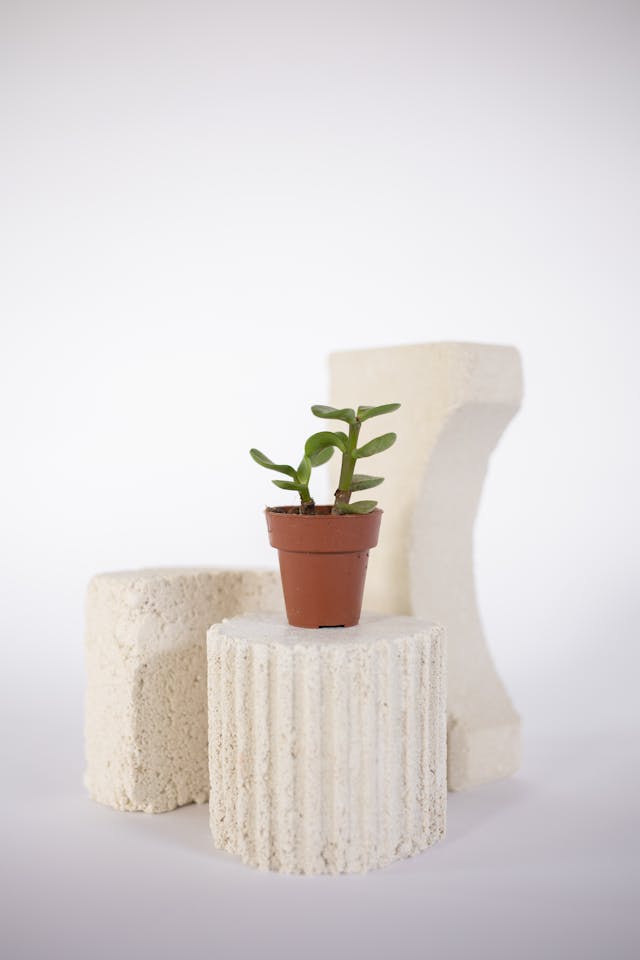
Jade plants are slow growers, and it may take several years for them to reach their full potential. While this can be a bit frustrating for some growers, it’s important to be patient. Jade plants typically grow at a rate of only a few inches per year, but with the right care, they will eventually develop into large, lush plants.
Don’t be discouraged by slow growth. With consistent care, your jade plant will steadily increase in size, eventually becoming a beautiful centerpiece in your home or garden. Keep providing the right light, water, and nutrients, and give your plant the time it needs to grow.
This article originally appeared on Avocadu.
